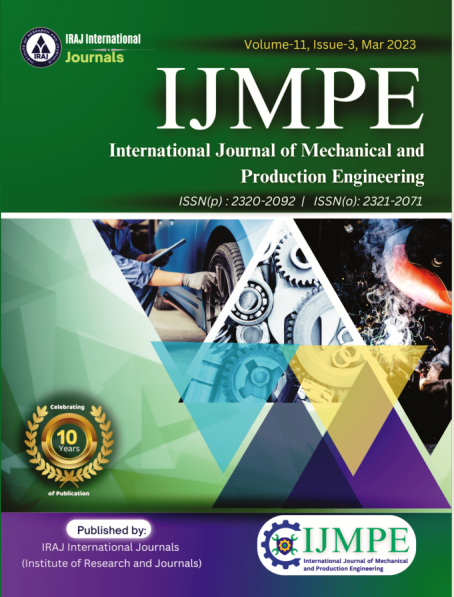Publish In |
International Journal of Mechanical and Production Engineering (IJMPE)-IJMPE |
 Journal Home Volume Issue |
||||||||
Issue |
Volume-9,Issue-9 ( Sep, 2021 ) | |||||||||
Paper Title |
Static Analysis of J-Lay Offshore Pipeline Installation Method | |||||||||
Author Name |
Vijaylaxmi C H, Vadivuchezhian Kaliveeran, Subrahmanya Kundapura | |||||||||
Affilition |
MTech Research, NITK Surathkal, Mangaluru, Karnataka-575025, India Assistant Professor, NITK Surathkal, Mangaluru, Karnataka-575025, India Assistant Professor, NITK Surathkal, Mangaluru, Karnataka-575025, India | |||||||||
Pages |
1-5 | |||||||||
Abstract |
Installation of an offshore pipeline is one of the significant phases of functioning of the offshore fields. J-lay offshore pipeline installation method is commonly used for deep-water (depth of water greater than 1,000 feet) as the pipeline is laid in a near-vertical position which requires less tension capacity and the pipeline consists only of sagbend region unlike both overbend and sagbend in s-lay method.Maintaining the pipe under tension is an important to maintain axial stress and bending stress within an acceptable range.In this paper, the present study focuses on the static analysis of effect of axialtension induced in the offshore pipeline during installationby using theJ-lay method. Analysis has been carried out using a numerical method i.e., finite element method. A computer program has been written for finite element analysis. A pipeline is considered as a plane frame element with one end at touchdown point as hinged and the other end at the top is subjected to axial tension with pipeline orientation angle from bottom to top is varying from 0.1° to 90°. Axial force diagram is plotted for analyzing the tension induced in the offshore pipeline during installation using J-lay method. Keywords - Offshore pipeline, J-lay, Plane frame element, Finite element method, Axial tension | |||||||||
| View Paper | ||||||||||